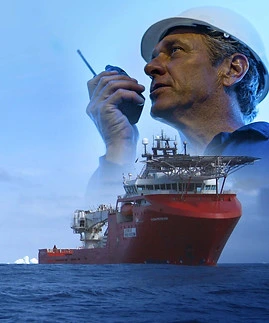 Seaforce delivers expert Marine Communications overhauls—upgrading VHF/UHF & satellite systems to integrated IP networks for modern maritime operations.
Seaforce delivers expert Marine Communications overhauls—upgrading VHF/UHF & satellite systems to integrated IP networks for modern maritime operations.
Modern maritime operations are increasingly data-driven. Fleet managers now rely on remote diagnostics, real-time condition monitoring, and video-enabled technical support to maintain operational readiness. Traditional VHF/UHF radios and standalone satellite systems often struggle to support these demands.
Integrated IP-based networks consolidate voice, data, and video into one secure platform. This transformation improves efficiency, enables proactive maintenance, and strengthens crew safety measures. For commercial and defence fleets, where downtime carries significant cost and safety implications, reliable IP-enabled marine communications are becoming essential.
Understanding Regulatory Baselines in Australia
Upgrading marine communications systems demands adherence to strict national and international standards. AMSA Marine Orders and NSCV C7B set the requirements for navigation and communication equipment on commercial vessels. Additionally, GMDSS obligations ensure vessels maintain continuous distress and safety watchkeeping capabilities.
ACMA licensing further governs the use of VHF, UHF, AIS, and satellite equipment on Australian vessels. Before starting any overhaul, it is essential to review your licensing status and operator certifications. This ensures that all personnel and systems remain fully compliant with regulatory expectations.
Building a Modern Marine Communications Architecture
An effective IP-based communications network is built on a layered architecture:
• Transport Layer: Utilise VSAT or L-band satellite systems for global coverage, with 4G/5G as a backup in coastal waters.
• Network Layer: Implement SD-WAN to prioritise bandwidth for critical applications such as ECDIS data, real-time monitoring, and voice communications.
• Voice Systems: Deploy IP-PBX for internal communications while maintaining dedicated VHF channels for emergency watchkeeping.
• Cybersecurity: Isolate bridge and operational traffic from crew welfare networks using VLAN segmentation and strict access controls.
Preserving the Value of VHF/UHF
VHF and UHF radios remain vital components of marine communications. They provide:
• Reliable line-of-sight coverage for port and nearshore operations
• A critical backup layer during satellite outages or emergencies
• Simple, fast internal coordination between crew members
Modern solutions can bridge these radios to the IP network via gateways, enabling seamless integration with other onboard systems without replacing trusted hardware.
Choosing the Right Satellite Option
Selecting the appropriate satellite service is central to successful IP integration. Consider:
• L-band: Offers reliable, weather-resistant connectivity with lower bandwidth, suitable for core operational data.
• Ku/Ka-band VSAT: Delivers higher bandwidth for data-intensive services, including live video and remote diagnostics.
Evaluate coverage areas, service-level agreements, and network management tools when selecting a provider to ensure continuous operational support.
Executing an Overhaul with Minimal Downtime
A structured, phased approach helps avoid disruption during a communications overhaul:
• Audit: Review existing radios, antennas, cabling, licences, and operator qualifications.
• Design: Develop the network architecture, space allocation, power budgets, and compliance documentation.
• Pilot: Install on one vessel and test fallback systems and bandwidth performance.
• Fleet Rollout: Implement during scheduled port calls, supported by crew training and certification refreshers.
• Sustainment: Maintain monitoring, spares support, and compliance documentation for ongoing audits.
Upgrade with Seaforce’s Marine Communications Overhauls
Seaforce delivers complete end-to-end marine engineering solutions tailored to Australian commercial, government, and defence operators. Our engineering teams provide system audits, design, installation, certification support, and through-life sustainment—ensuring your vessels remain fully compliant, operationally efficient, and ready for the future.
Upgrade your fleet’s communications with confidence—contact us to implement reliable, future-ready communications solutions across your operations.
Related Blog Articles:
Marine Engineering Services: Navigating ISM Compliance – A Guide for Australian Ship Operators
End-to-End Marine Repair Services for Government & Commercial Vessels in Australia


